Ho Chi Minh City is facing a historic opportunity to become an international financial center - a dream that has been cherished for more than 20 years with support from the Politburo, opening up new prospects for economic development not only for the city but also for Vietnam.
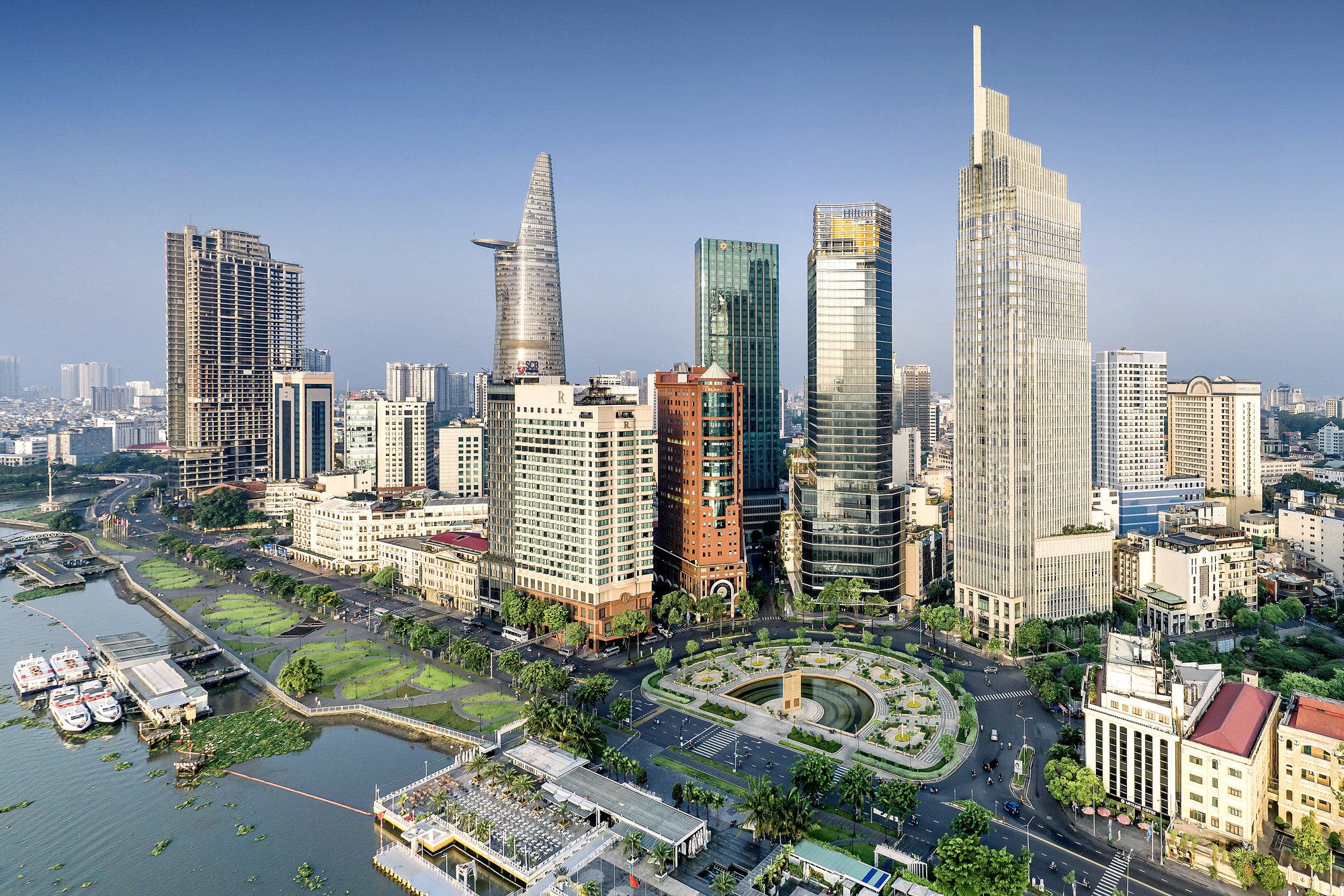
District 1 area with many office buildings is considered to have many advantages to form an international financial center - Photo: VAN TRUNG
Today, January 4 in Ho Chi Minh City, Prime Minister Pham Minh Chinh will chair a conference to announce the Government's resolution promulgating an action plan to implement Conclusion No. 47 of the Politburo on building a regional and international financial center in Vietnam.
Speaking with Tuoi Tre, Dr. Truong Minh Huy Vu - Director of the Ho Chi Minh City Institute for Development Studies - affirmed that Ho Chi Minh City has enough potential and determination to become an international financial center.
Attracting large capital from financial center
* It has been more than 20 years since the idea was conceived. Is this the right time for the dream of an international financial center in Ho Chi Minh City to come true?
- Developing an international financial center is not only the goal of Ho Chi Minh City but also a national mission, assigned to promote the economic development of the whole country. This shows the importance of this project to the overall development of Vietnam.
Ho Chi Minh City has many similarities with Shanghai (China) - a successful international financial center with a favorable geographical location, a logistics gateway and a pioneering mission assigned by the top leadership.
This is the right time for Ho Chi Minh City to develop into an international financial center. Firstly, the promotion from the central government and the city's leaders shows their determination and consensus in realizing this goal.
Second, the large capital demand for infrastructure projects such as Long Thanh airport, metro lines, Ring Road 4, North-South high-speed railway... raises the importance of financial centers in capital mobilization.
In addition, the development of financial technology (fintech), especially blockchain technology and artificial intelligence (AI), also opens up new opportunities for us to realize an international financial center.
* Many major financial centers in the world have gone ahead and succeeded, does Ho Chi Minh City need to have its own direction to reap quick and sustainable success?
- The policy is in place, the next issue is to establish an apparatus (national, local, supervisory steering committees...) to select people to do it. The next thing is to build a policy framework, some people say that there must be a law to meet this requirement, but building a law will take a long time, so if we follow the direction of the National Assembly issuing a resolution of a superior and specific nature, it will help the city to implement it faster and more focused.
In particular, policy development is extremely important, and the mechanism must have incentives in many aspects. For example, there should be special tax incentives to attract financial companies, banks, investment funds, law firms and auditors.
These incentives should target core financial sectors. Visa exemptions or extended stays for international financial professionals working in the center are needed. In addition, specific policies are needed to attract strategic investors.
Controlling capital flows in and out, or allowing the trading and use of assets - cryptocurrencies - is a major challenge, so policies need to balance between facilitating capital flows, preventing money laundering risks and lack of liquidity.
In addition, new financial technologies such as blockchain and AI are developing very quickly, posing challenges for issuing appropriate and effective policies. The first thing is to abandon the mentality of "cannot manage, then ban", creating conditions for "rubbing" with diverse and different development practices in the world.
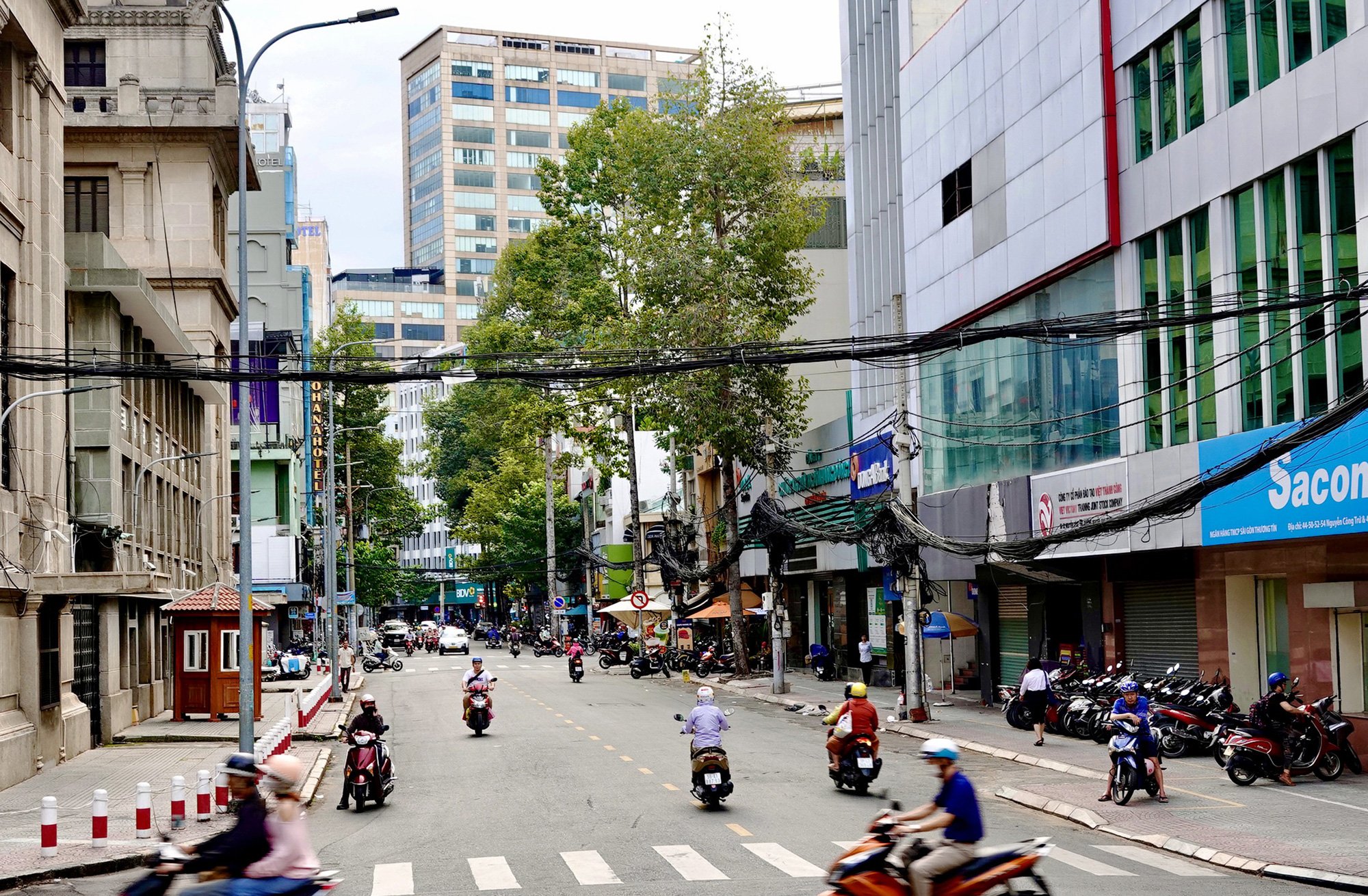
Nguyen Cong Tru Street and the surrounding area in Nguyen Thai Binh Ward, District 1, Ho Chi Minh City concentrates many banks, securities companies and universities in the banking sector - Photo: TTD
Attracting talent to financial centers
* To soon form a financial center, do we need to take advantage of the available infrastructure in the existing central area or develop new areas like in Thu Thiem area?
- The financial center will not only be a single tower but an area with many buildings and projects connected and linked together. The buildings in the financial center will not only serve financial activities but also have support services such as apartments, restaurants, hotels...
Therefore, the central area of the city such as District 1 adjacent to walking streets and Saigon River where many office buildings are already in operation, can be utilized to quickly form a financial center.
Thu Thiem area is a key area with great development potential, with advantages in land fund and spacious space, convenient connection to the central area.
In addition, we still have many "corrugated iron" project areas in the city center that are vacant due to various legal reasons; we need to quickly have a mechanism to open up these areas into commercial towers, giving priority to the fields of banking, insurance, financial services, new technologies...
Between Thu Thiem and the central area of District 1, we need to connect the two bustling banks, connect the community more, and have more amenities.
* High-quality human resources play an important role. What needs to be done to attract and develop human resources to serve this center?
- High-quality human resources for financial centers should be operated by the market, with the orientation for universities to accompany. The market will train auditors, accountants, lawyers and those working in banking, investment, fintech, etc.
It is necessary to attract experienced people, especially Vietnamese people working in investment funds and investment banks abroad, to create "human resource waves".
Attracting talent is not only about attracting people who are good at their profession, but also about attracting people who have creative ideas and can contribute to the development of the center. It is also necessary to create an attractive working environment, with favorable policies and mechanisms for the living environment.
In national and local missions, the city needs to focus on different groups of management personnel based on the apparatus being oriented to be established. From awareness to action program, and importantly, finding the "right person, right job", is not a simple problem.
Of course, there must be a way to get there, and there needs to be a plan with the support of experienced domestic and international experts, scientists, and practitioners.
* So with the available conditions, what needs to be done to quickly make Ho Chi Minh City an international financial center?
- The most important thing at this time is that if we do it right from the beginning, the construction and development will be fast. On the contrary, if we do it wrong from the beginning, it will be slow, and this slowness will lead to many other problems, with many unpredictable consequences.
For an international financial center, this is an important national project that competes regionally and globally, so the steps must be methodical and have a vision beyond fixed spaces and times.
Ho Chi Minh City prepares early
At the meeting on January 2 on implementing Conclusion No. 47 of the Politburo on building a regional and international financial center in Vietnam, Secretary of the Ho Chi Minh City Party Committee Nguyen Van Nen said that the city has made careful preparations through many projects, research and learning from the experiences of major financial centers in the world.
According to Mr. Nen, the establishment of the financial center will create favorable conditions for Ho Chi Minh City and businesses to access international capital, while expanding opportunities to implement key projects such as urban railways, beltways and port systems. In addition, this center will also contribute to attracting high-quality human resources and mobilizing more development resources.
At the meeting, the Steering Committee for the Construction and Development of the Ho Chi Minh City Financial Center was established with 30 members, headed by Secretary Nguyen Van Nen. At the same time, a working group headed by Chairman of the City People's Committee Phan Van Mai was also established to prepare a project to be submitted to the National Assembly at the May 2025 session.
Asia's leading financial centers

Foreign tourists walking on the streets of downtown Ho Chi Minh City on the afternoon of January 3, 2025 - Photo: TTD
According to the Global Financial Centres Index (GFCI) ranking released in September 2024, Hong Kong recently surpassed Singapore to become the leading financial centre in Asia.
Experts say the advantage of having a strong stock market, with many new listings, has helped enhance Hong Kong's position as a leading financial center in the region.
According to data at the end of 2021, Hong Kong's stock market capitalization was more than US$42 trillion, with a total of about 2,500 listed companies. Hong Kong's total stock turnover in 2021 also hit a record high of HKD41 trillion (about US$5.27 trillion).
The analysis shows that the convergence of capital and businesses from both mainland China and the world, together with the advantage of being able to access back and forth with China's financial markets, has allowed Hong Kong to develop a deep and broad capital market with more active trading activities, thereby giving Hong Kong a superior position compared to other stock markets in the region.
Hong Kong is also one of the world's largest USD trading centers and the largest renminbi trading center outside the mainland.
Green finance has also seen remarkable growth in Hong Kong in recent years. In 2021, Hong Kong saw about US$31.3 billion in international green bonds issued, accounting for one-third of the total in the Asian market.
Regarding Singapore, this financial center has an advantage over Hong Kong in terms of foreign exchange when serving the ASEAN region with many currencies.
Under its first prime minister Lee Kuan Yew, Singapore, with its strategic position on the world map, gradually transformed itself from a shipping hub to a global financial center.
The late Prime Minister Lee Kuan Yew is credited with laying a solid foundation for Singapore's future success by establishing a sound financial and legal system, a stable government, and an efficient public transport system.
In the 1980s, Singapore shifted its focus to finance, opening up the financial sector with lighter regulations. The Express Tribune newspaper noted that this foundational strategy has paid off, with 4,200 multinational companies now headquartered in Singapore. Singapore's low corporate tax rate, ranging from 13.5 to 17 percent, also attracts businesses to the country.
In addition, the growth of digital assets in Asia, mainly in Hong Kong and Singapore, is also helping these two cities maintain their position as two important financial centers in the region.
Source: https://tuoitre.vn/phat-trien-thanh-trung-tam-tai-chinh-quoc-te-su-menh-quoc-gia-cua-tp-hcm-20250104085816216.htm


![[Photo] Prime Minister Pham Minh Chinh meets with King Philippe of Belgium](https://vstatic.vietnam.vn/vietnam/resource/IMAGE/2025/4/1/be2f9ad3b17843b9b8f8dee6f2d227e7)
![[Photo] General Secretary To Lam receives King Philippe of Belgium](https://vstatic.vietnam.vn/vietnam/resource/IMAGE/2025/4/1/e5963137a0c9428dabb93bdb34b86d7c)

![[Photo] President Luong Cuong and King Philippe of Belgium visit Thang Long Imperial Citadel](https://vstatic.vietnam.vn/vietnam/resource/IMAGE/2025/4/1/cb080a6652f84a1291edc3d2ee50f631)
![[Photo] Close-up of Vietnam's sniffer dog team searching for earthquake victims in Myanmar](https://vstatic.vietnam.vn/vietnam/resource/IMAGE/2025/4/1/d4949a0510ba40af93a15359b5450df2)

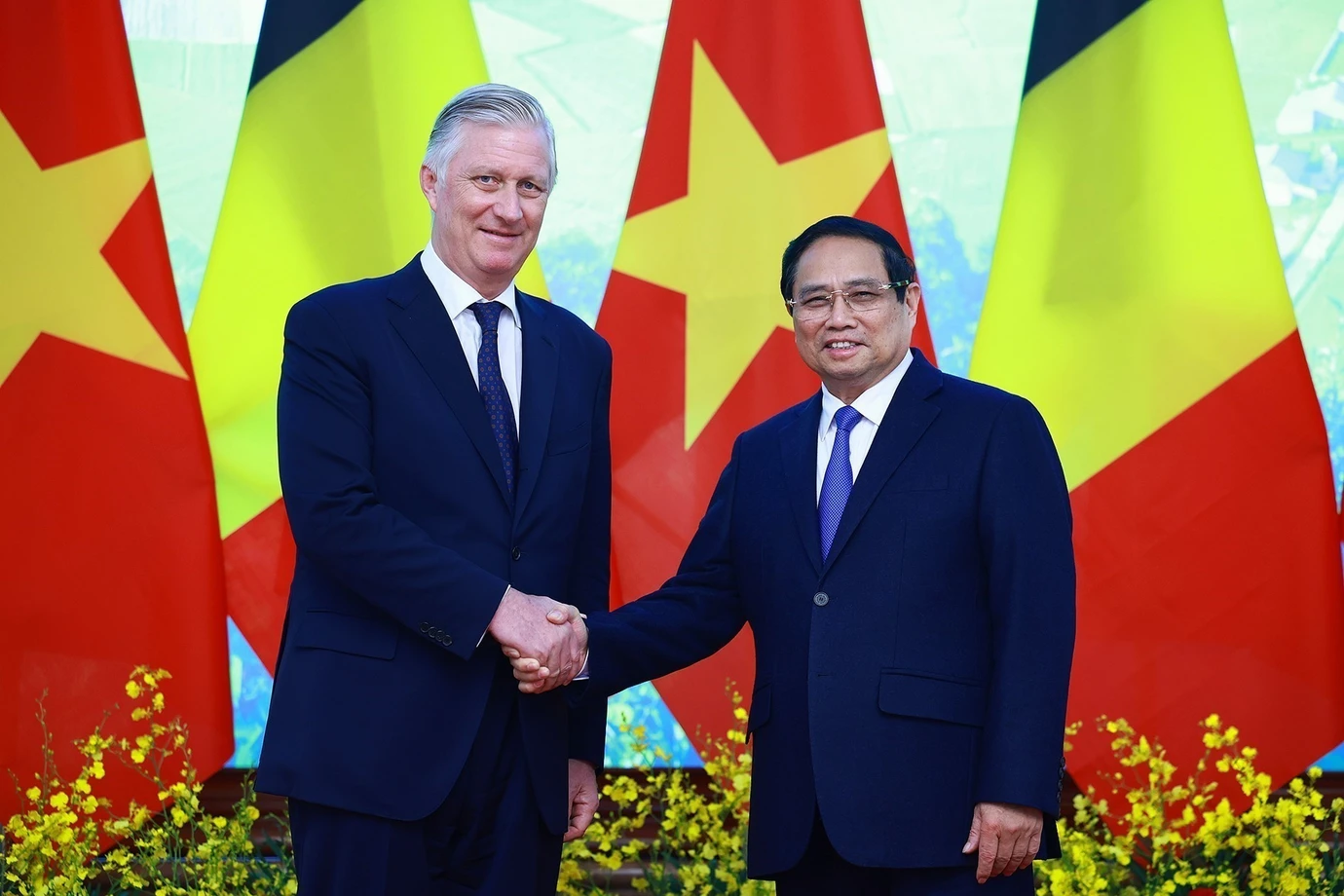


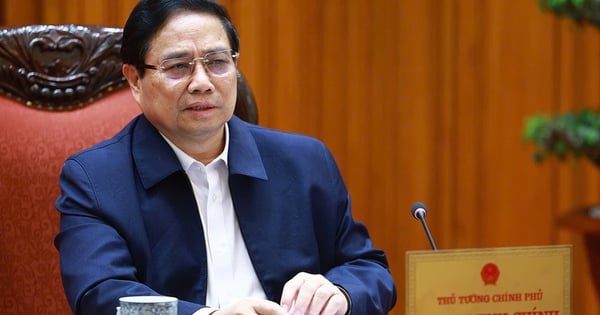

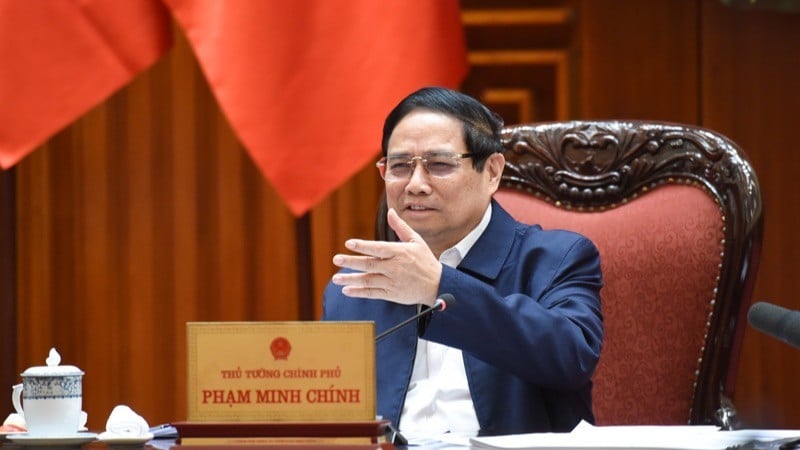

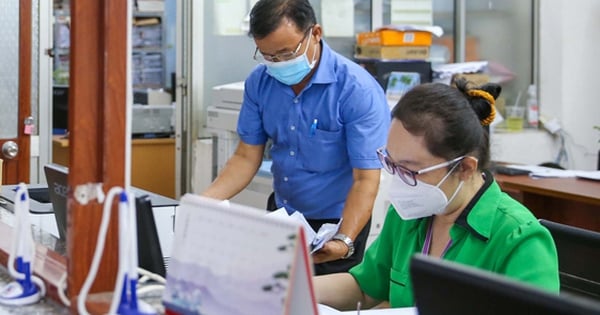
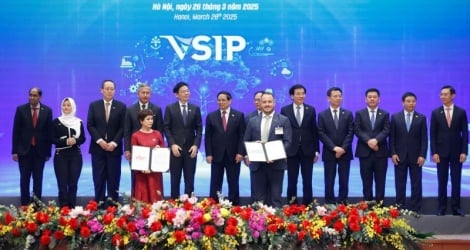

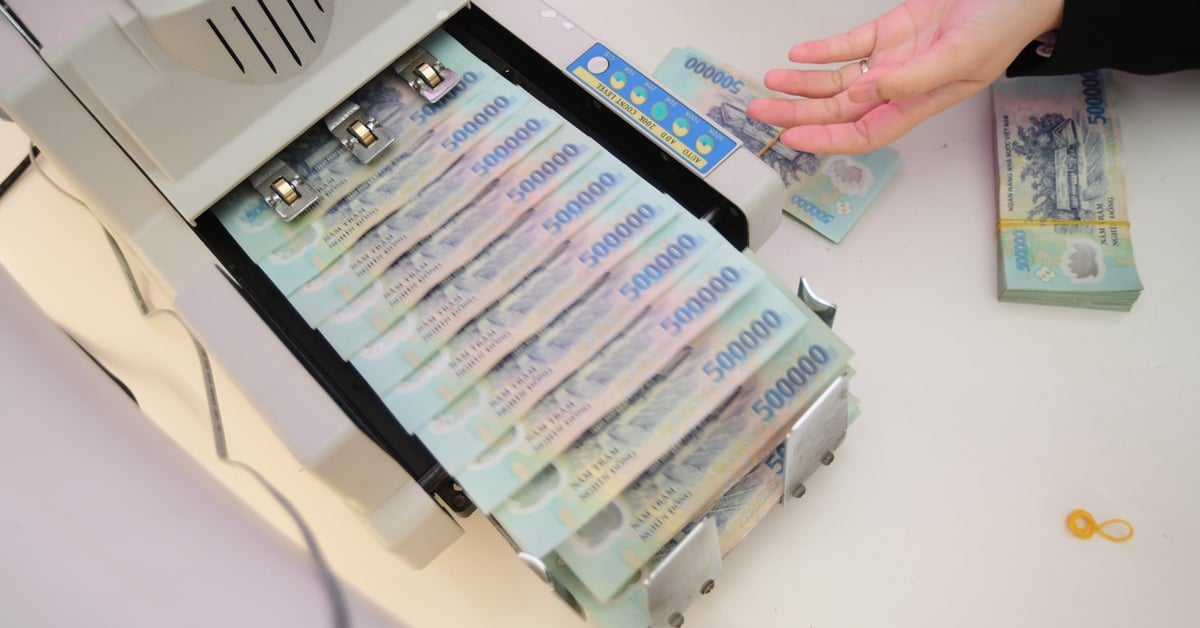

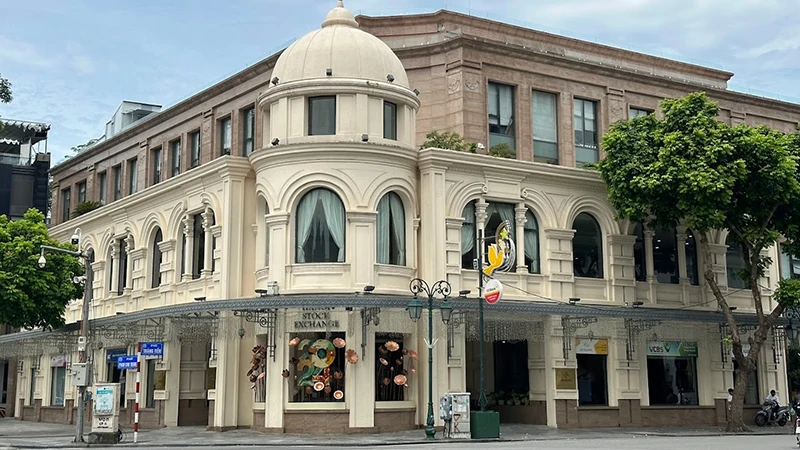
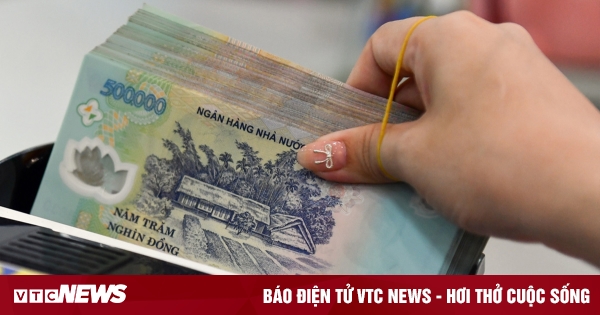






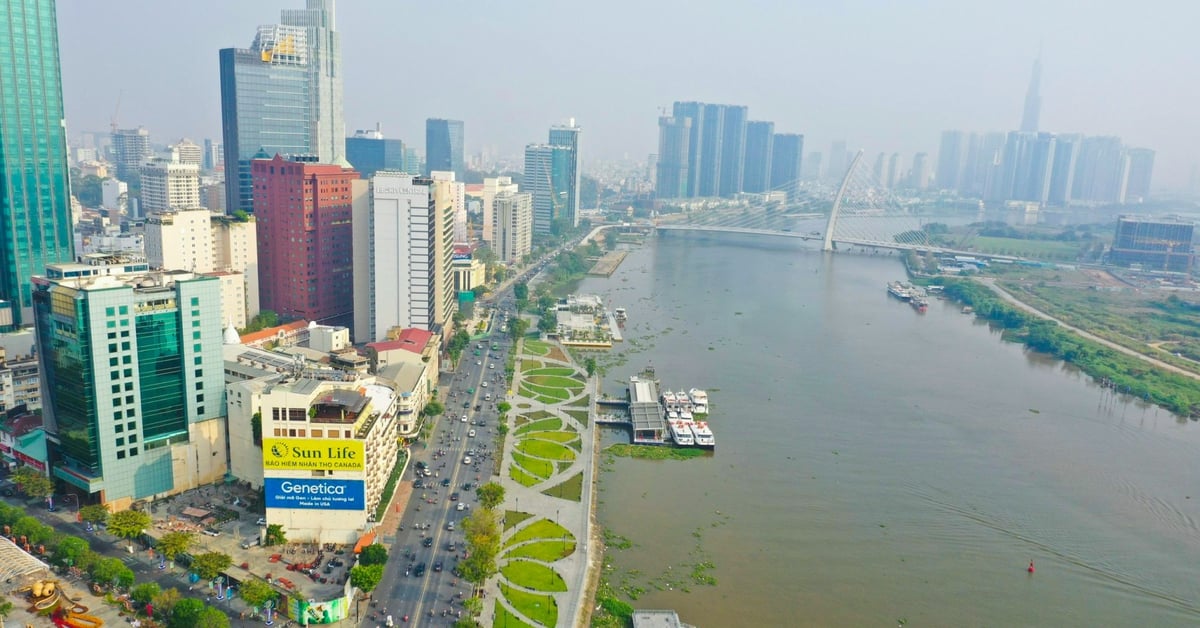




![[Photo] Myanmar's capital in disarray after the great earthquake](https://vstatic.vietnam.vn/vietnam/resource/IMAGE/2025/4/1/7719e43b61ba40f3ac17f5c3c1f03720)




























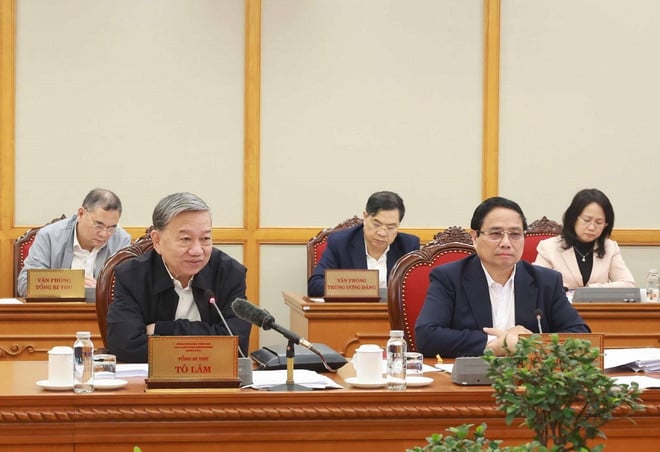

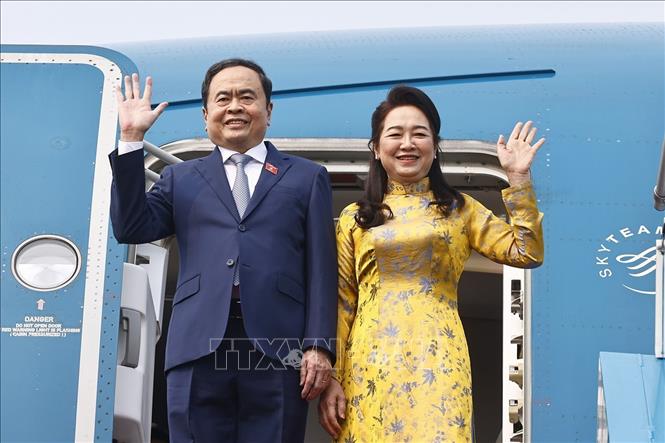





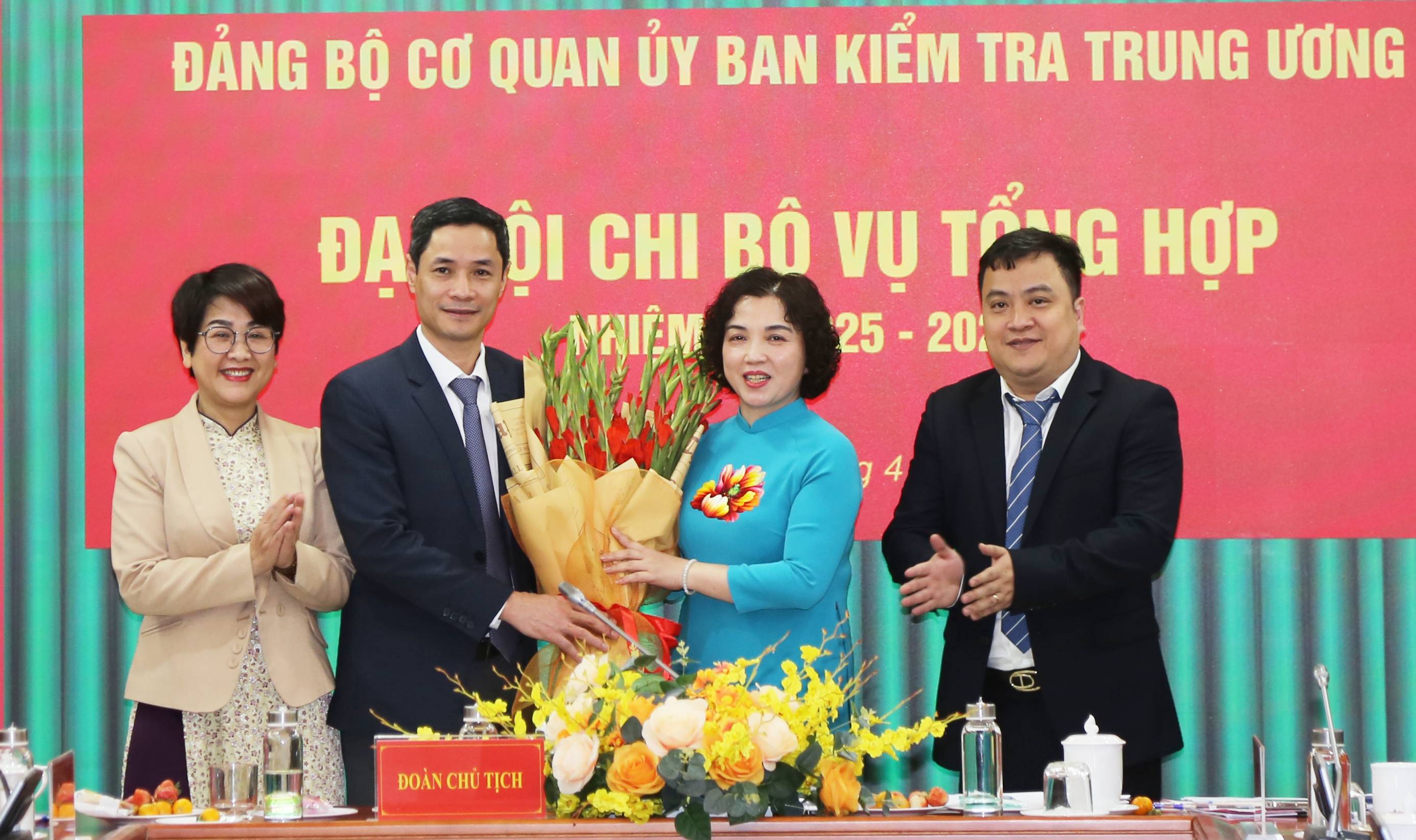





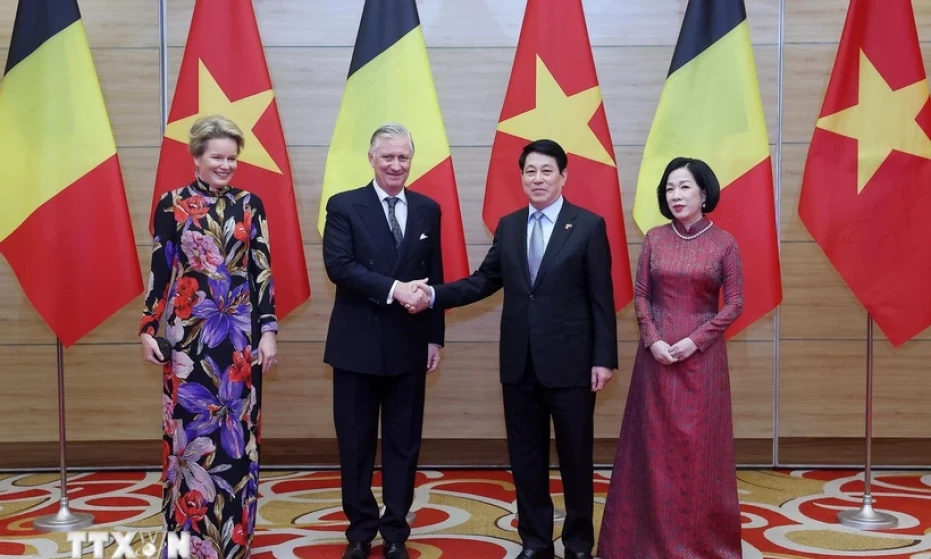



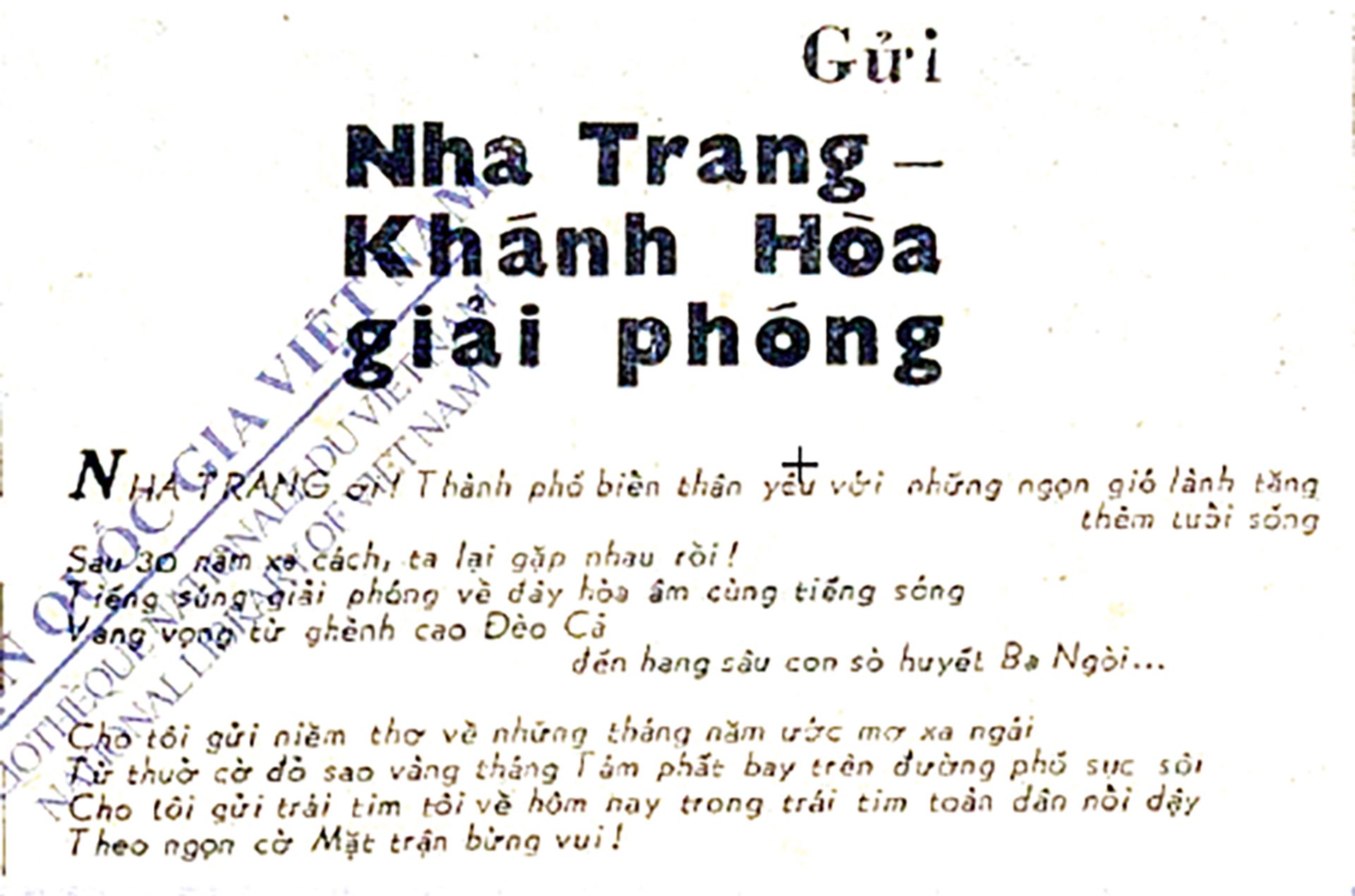













Comment (0)